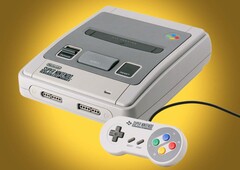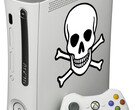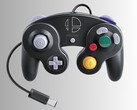A fascinating report from 404 Media, which is based on data from TASBot developer Alan Cecil, reveals that the Super Nintendo runs a little faster each year. Specifically, the clock frequency of the Sony SPC700 audio processor increases slightly over time. While this chip was originally intended to run at a frequency of 32,000Hz, emulators simulate this SNES chip with a clock speed of 32,040Hz, which was determined back in 2007.
A new survey has now determined that the audio processor runs even faster today. One user even observed a clock frequency of 32,182Hz. This means the Sony SPC700 is about 0.6 percent faster than originally. This is supposedly caused by the ceramic resonator that is responsible for maintaining the clock speed but loses some of its accuracy over time due to heat and other factors. Since the SPC700 is only responsible for audio processing, this shouldn't really affect the speed at which SNES games are rendered and inputs are processed, so this sign of aging shouldn't affect regular players at all.
However, the quicker audio processor can affect loading times, as some loading screens may be shorter when audio data loads faster. As a result, Tool-assisted speedruns no longer work correctly, as this type of speedrun involves software-based inputs at a precisely predetermined time, so even a loading screen that's a few frames shorter can have devastating effects. If the Sony SPC700 inside the Super Nintendo continues to get faster over the next few decades, this could possibly affect human speedrun records as well.




















